What does the color red sound like? Only those with the power of synesthesia can truly “hear” it. It is a secret power that about 4% of people have – their senses make unexpected connections.
Researchers are now diving into this new world to understand more about these sensory experiences where one is hearing colors and seeing sounds. So let’s dive in and learn what is synesthesia actually.
What Is Synesthesia?
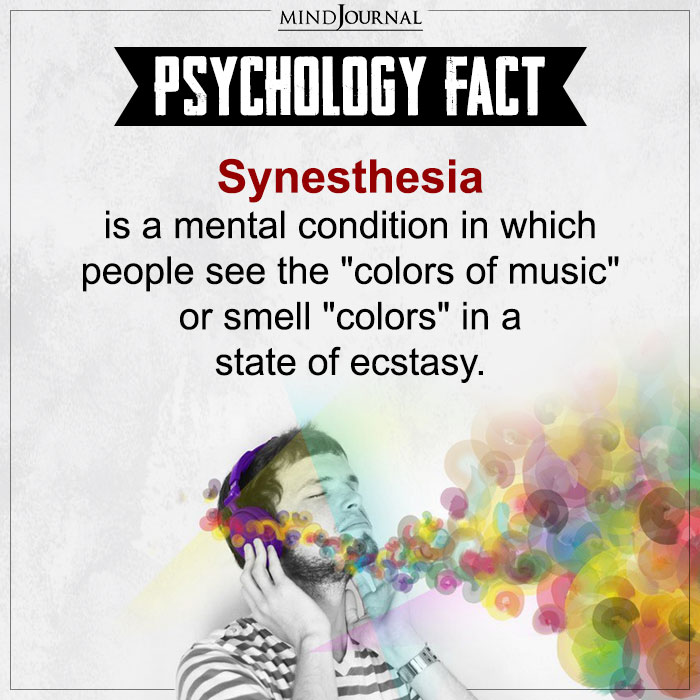
Synesthesia (short for Synaesthesia) is defined as “a neurological condition in which information meant to stimulate one of your senses stimulates several of your senses.”
In simpler terms; our brain mixes up what part of us should be stimulated when we see or hear something. This creates an altered perception of things that most people would find difficult to comprehend.
Although there are said to be over 60 types of synesthesia, there are 5 main types seen in most individuals.
Read more here: 5 Powerful Mind And Body Hacks For A Limitless Brain
5 Different Types of Synesthesia
1. Grapheme-Color: The most common version. A person with this type sees letters or numbers as inherently associated with specific colors.
2. Chromesthesia: When someone with chromesthesia hears a sound or piece of music they will also see color from it.
3. Lexical-Gustatory: In rare cases certain words or sounds can trigger specific tastes in synesthetes.
4. Spatial Sequence: This form allows for sequences (numbers, months, etc.) to have their own individual space.
5. Mirror-Touch: If you have ever been slapped across the face you know it feels weirdly satisfying… No? Just me? Well mirror-tough is when someone feels the physical touch they see someone else receive.
5 Famous People Who Have This Condition
1. The Grammy-winning artist, Billie Eilish has this condition. Her hearing is mixed with colors and shapes. It’s why her music is as unique as it is. Along with its visuals.
Vincent Van Gogh was one of the biggest painters in history. And it’s believed that he had Synaesthesia too. His use of color is something people still study today.
Pharrell Williams, a musician known for his distinct sound… But did you know he has Synaesthesia? He does. And even says how music triggers visual and sensory feelings for him.
Billy Joel can not only play any tune on the piano but he sees them too. The legendary singer-songwriter also has Synaesthesia, associating musical notes with different colors.
Kanye West on The Ellen Show shared a little bit about his music process and mentioned that he sees music in colors and shapes, telling the audience that it’s why he tends to be a bit wild with his creativity.
Synesthesia comes in all shapes and sizes. As these 5 artists show us just how much we don’t see or hear about it anymore.
Read more here: How Clutter Affects Mental Health: The Psychology Behind It
Some Synesthesia Examples For You To Understand It Better
1. A is for Apple, Red as Always: Every time you think of the letter “A” synesthetes see a vibrant shade of red. Each number and letter comes with its own individual color that never changes. For someone to be able to see a kaleidoscope of colors just by looking at you is not only fascinating, but also makes them have some serious street smarts!
2. Symphony of Colors: Ever wish you could hear the colors world famous artist Pablo Picasso paints? Well if you had chromesthesia every note or instrument in any song would give you a visual representation of their sound. Imagine standing in front of a concert stage and seeing the music come towards you like a wave — mind blowing!
3. Tasting Words: Someone with lexical-gustatory synthesia may taste certain words when they are used in conversation. A word like “fluffy” might taste like cotton candy to them while talking about it.
Read more here: Understanding Solastalgia Meaning: The Subtle yet Profound Emotional Impact of Environmental Change
Conclusion
As humans we’ve always had an understanding that everyone has different opinions on things because we all taste and feel things differently, but learning that people physically experience things differently is out of this world!
While there’s still more to be learned about synesthesia, one thing is for sure: If we all were hearing colors and seeing sounds, life would be much more entertaining!

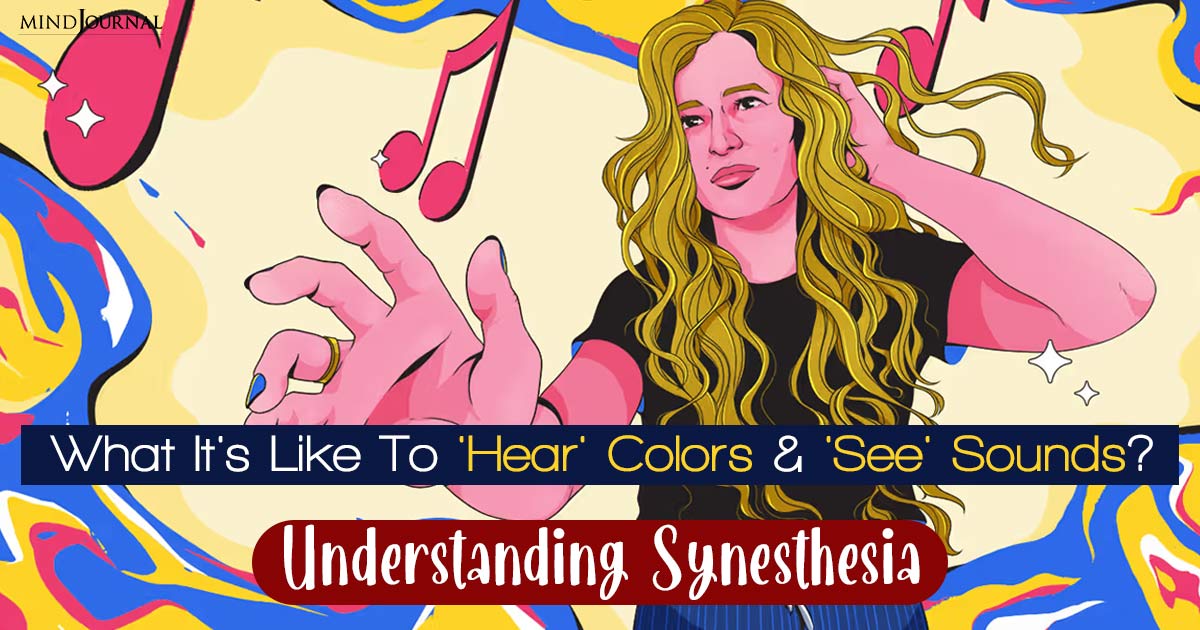


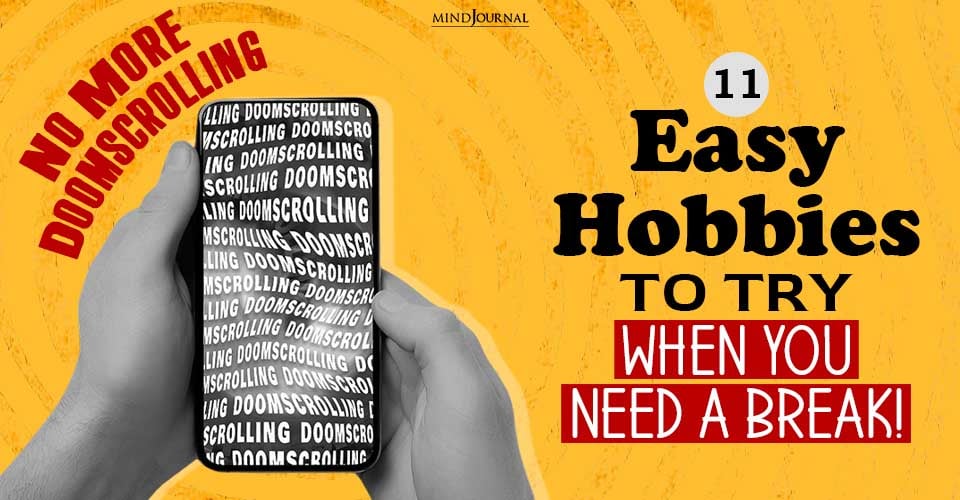
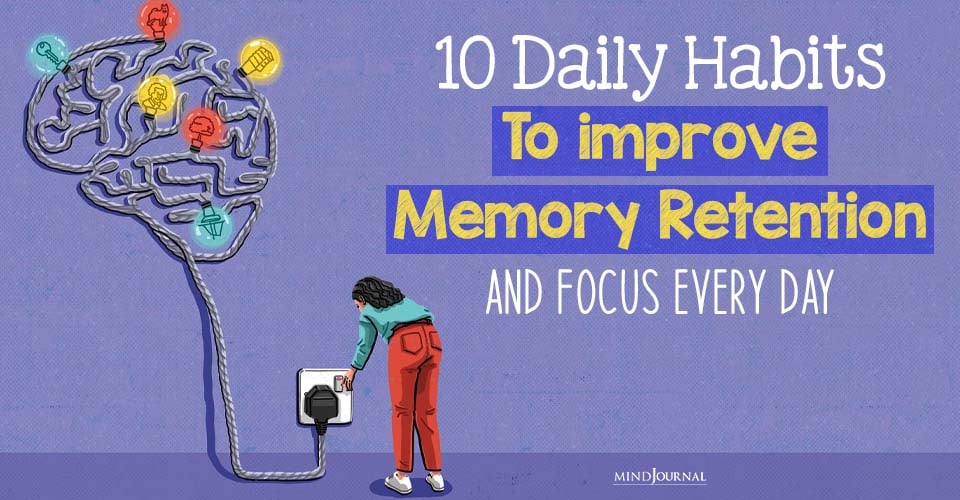

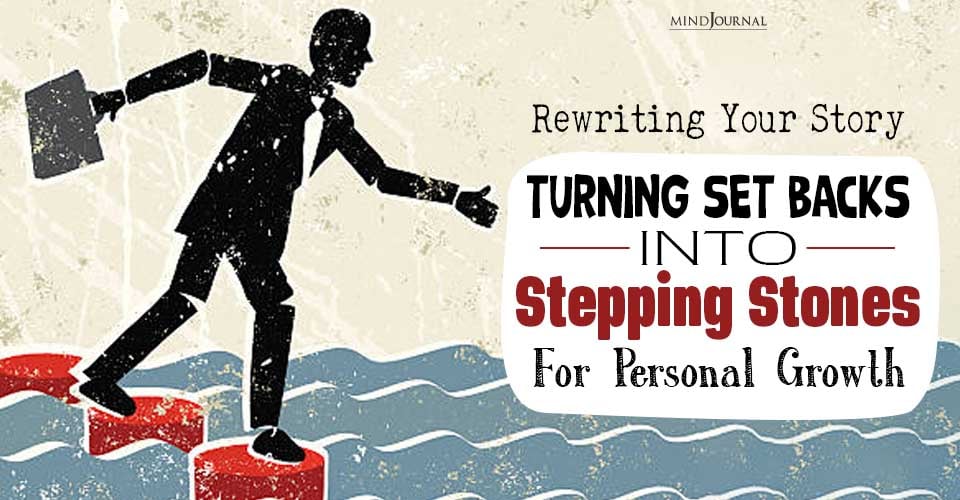

Leave a Reply